Grammar Point:
The particle 着 zhe is used to indicate ongoing actions or a continuous state in Mandarin Chinese. While it’s common in narratives or storytelling, it’s not something you’ll hear often in everyday conversations. In daily life, people usually use 在 zài to talk about actions in progress.
When do we use it?
How would you describe these 2 pictures?
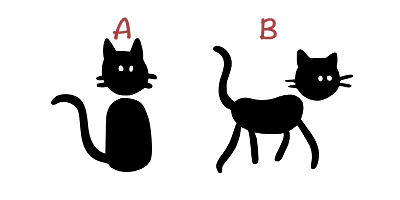
If your answer is 猫在坐 māozàizuò, then you’ve come to the right article! 猫在坐 māozàizuò actually refers to the picture beside.
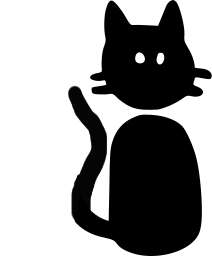
So if you want to describe a current statement that the action won’t just happen and stop right away, you should use 着 zhe.

Picture A
貓坐著猫坐着
The cat is sitting.
Picture B
貓站著猫站着
The cat is standing.
Structure – Verb + 着 zhe
Indicate the continuation of an action or state
貓在冰箱上睡著猫在冰箱上睡着
Cat sleeping on the fridge.
(Being “sleep” is not an action, it’s a statement, so don’t use 在 zài)
門開著门开着
The door is open.
(Being “open” is not an action, so don’t use 在 zài)
那個看著書的女孩是我的女兒那个看着书的女孩是我的女儿
The girl reading the book is my daughter.
(It’s ok to use 在 zài in this sentence)
Sometime 着 zhe and 在 zài are not interchangeable. For example,
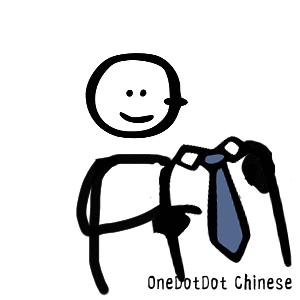
他在穿衣服他在穿衣服
He is putting on clothes.
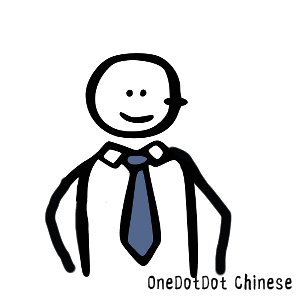
他穿著衣服他穿着衣服
He is wearing clothes.
But sometimes it is interchangeable with 在 zài, when the action is a long process.
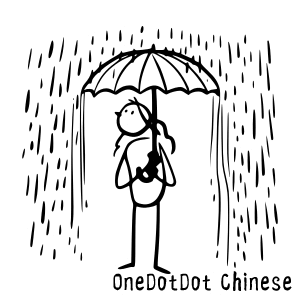
外面在下雨外面在下雨
It’s raining outside.
外面下著雨外面下着雨
It’s raining outside.
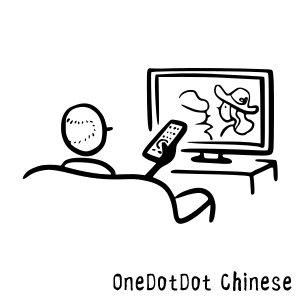
爺爺在看電視爷爷在看电视
Grandpa is watching TV.
爺爺看著電視爷爷看着电视
Grandpa is watching TV.
Express a Command
你等著,我很快回來你等着,我很快回来
Wait, I’ll be back soon.
聽著,我現在要說的話很重要听着,我现在要说的话很重要
Listen, what I’m about to say is important.
好好看著,這就是我跟你的不同好好看着,这就是我跟你的不同
Take a good look, that’s the difference between you and me.
Verb1 + 着 zhe + Verb2
It is used to indicate two actions happening at the same time, with the first action being the accompanying state or manner of the second action. In this construction, the second action is considered the main action.
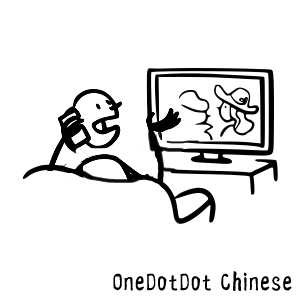
他看著電視講電話他看着电视讲电话
He is watching TV while talking on the phone.
(Talking on the phone is more important than watching TV.)
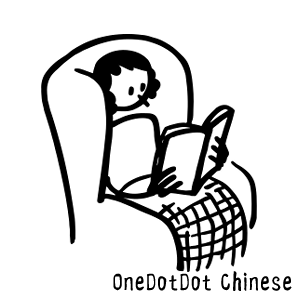
姐姐坐著看書姐姐坐着看书
Sister is sitting and reading a book.
(Reading book is the main verb)
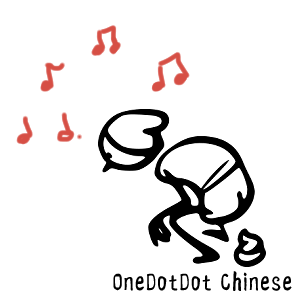
他唱著歌上廁所他唱着歌上厕所
He is singing a song while pooping.
(Pooping is the main verb)
V + 着 + V + 着 + 就 …了
This 了le is 了2. It indicates there is a new action or state while you are doing an activity. Remember these 2 verbs must be the same verb.
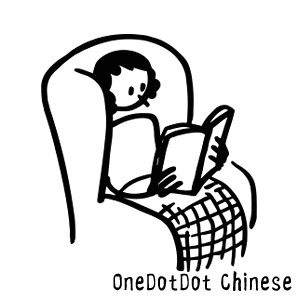
姐姐看著看著就睡了姐姐看着看着就睡了
My sister fell asleep while reading.
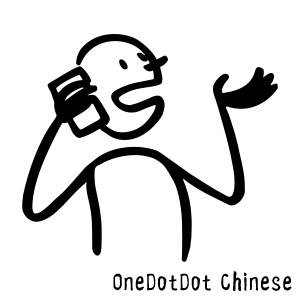
他說著說著就哭了他说着说着就哭了
He starts to cry while talking.
S + 是 + V + 着 + 玩的
It means the action of a verb is just for fun and doesn’t need to be serious.
我是說著玩的,我怎麼可能真的生10個孩子我是说着玩的,我怎么可能真的生10个孩子
I was joking! how could I really have 10 children.
中文我不是學著玩的,我是真的準備要去中國中文我不是学着玩的,我是真的准备要去中国
I am not learning Chinese for fun, I am really preparing to go to China.
Practice
TouchHover over the space to see the answers.
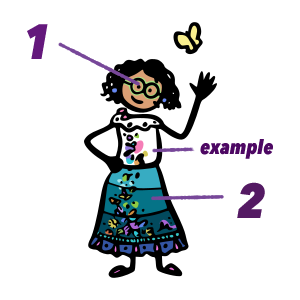
➡️
Ex: 她穿著衣服她穿着衣服
1. 她戴著眼鏡她戴着眼镜
2. 她穿著裙子她穿着裙子
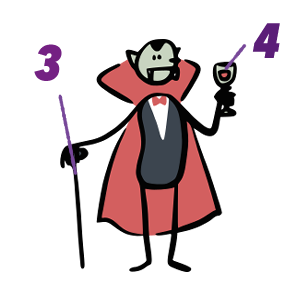
➡️
3. 他拿著拐杖他拿着拐杖
4. 他拿著酒杯他拿着酒杯
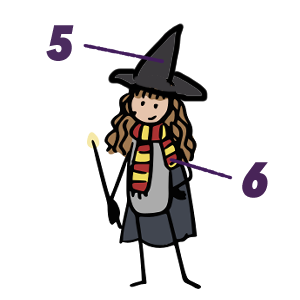
➡️
5. 她戴著帽子她戴着帽子
6. 她戴著圍巾她戴着围巾
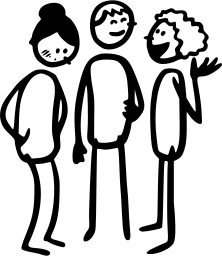
➡️
他們站著說話他们站着说话
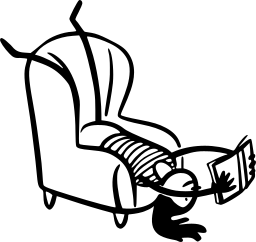
➡️
她躺著看書她躺着看书


